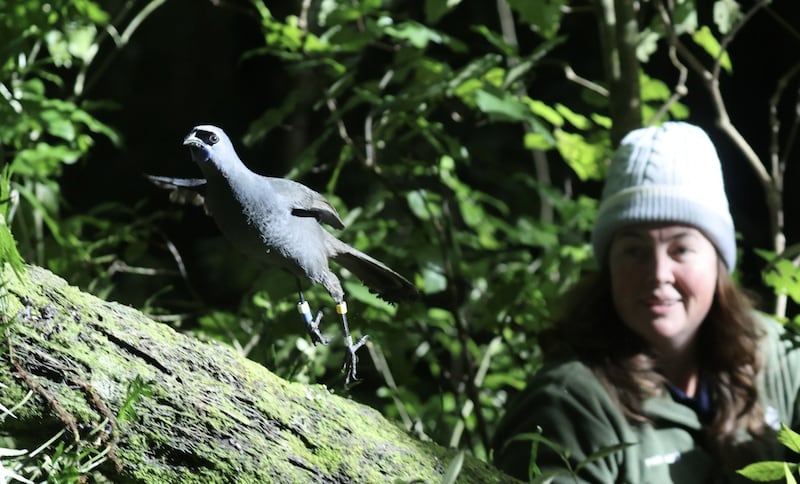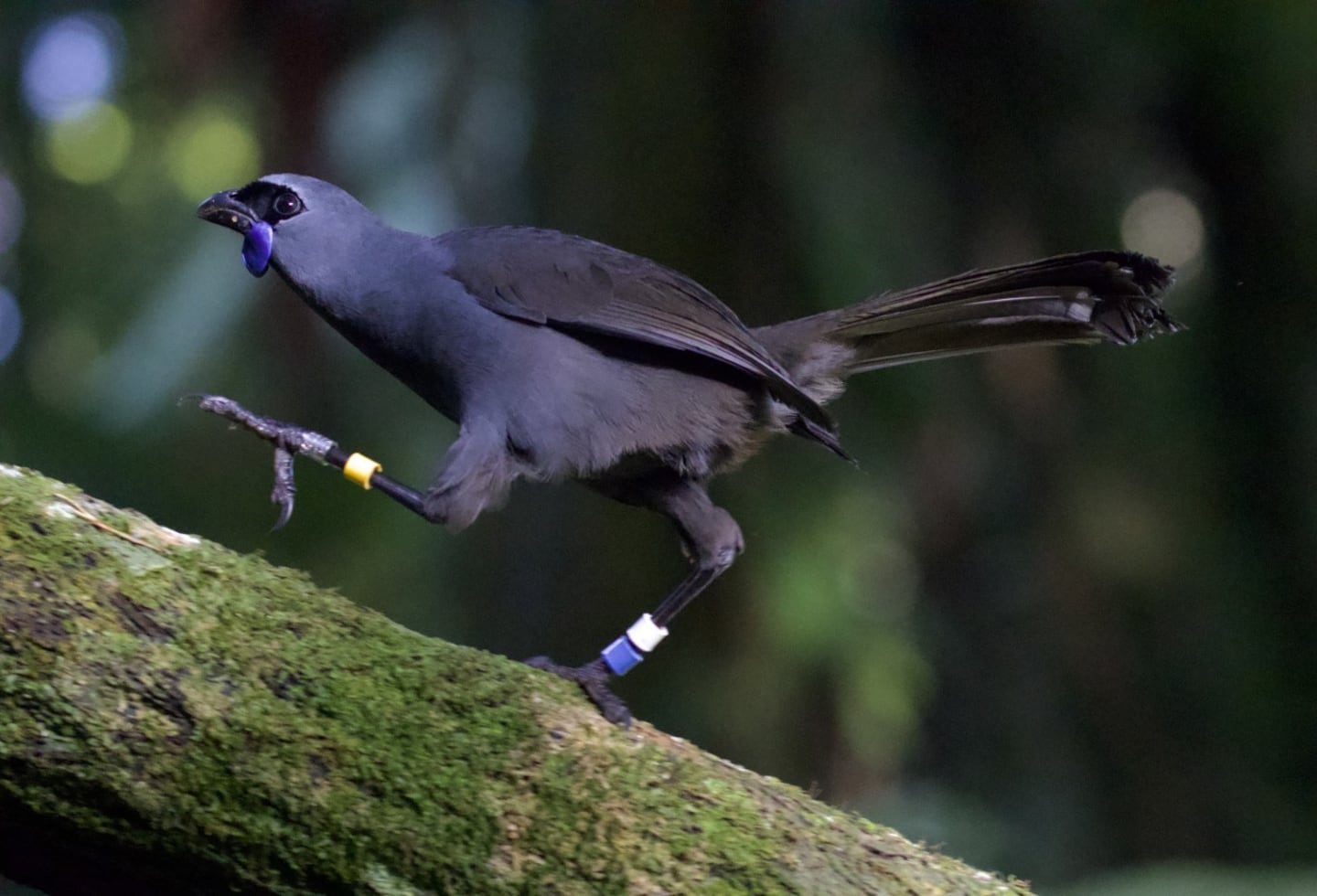The haunting call of a native bird that was once at the brink of local extinction will echo in the Waikato, thanks to decades of recovery work at a south Auckland forest.
Eight kōkako birds will be moved to Sanctuary Mountain Maungatautari from the Hunua Ranges soon, in the first translocation process to help its population thrive.
Another 12 birds are expected to be rehomed later.
According to the Department of Conservation, the number of kōkako, which belongs to the endemic New Zealand wattlebirds, has been nationally increasing.
In the early 1900s the kōkako was common in forests throughout New Zealand, but were now assumed extinct in the South Island.
For the North Island kōkako, there has been a significant decline over the last 20 years.
Auckland Council Policy and Planning Committee chair Richard Hills in a statement said the first translocation moment was deeply emotional and symbolic.
“The haunting, melodious call of the kōkako was nearly lost forever in Hunua,” he said.
“It is a success story that gives other conservation projects across Aotearoa huge hope and drive to keep going.”
In 1994, the kōkako population at the Hunua was down to one single breeding pair and 23 individuals.
Three decades later, thanks to recovery works by volunteers, council, DoC and mana whenua - the population now numbers an estimated 249 breeding pairs, as of the 2022 census.
“To go from one breeding pair to now having enough of these stunning taonga to be able to rehome some with other sanctuaries and help their population thrive, is a profound way to honour that work and help ensure kōkako thrive across New Zealand for generations to come.”
Hunua Kōkako Recovery Project lead Miranda Bennett said their efforts to increase the population in the forest has been successful.

Funded by council’s Natural Environment Targeted Rate, recovery has been through intensive pest control, including three aerial 1080 operations and thousands of volunteer hours manning 3000 bait stations and 700 traps across rugged terrain.
“Other projects once gifted us birds to strengthen our population, now we have the privilege of paying that generosity forward,” Bennett said.
The Hunua project was recognised by the National Kōkako Recovery Pogramme as one of only two mainland habitats to surpass 500 birds.
“It’s a full-circle moment that fills us with pride and gratitude.”
The upcoming translocation, supported by Ngāti Paoa, Ngāti Tamaoho, Ngāi Tai ki Tāmaki, Ngāti Tamatera and Ngāti Whanaunga, will involve a carefully coordinated two-week operation.
Led by certified kōkako bander Dave Bryden, a skilled team of council staff, volunteers, and contractors will net adult birds, health-check and band them, then gently transport them in specially designed boxes for the two-and-a-half-hour journey to Maungatautari, ensuring they are released by early afternoon to settle into their new home.
Sanctuary Mountain Maungatautari chief executive Helen Hughes said the translocation was significant to their ongoing efforts to protect New Zealand’s unique biodiversity.
“It strengthens our population’s genetics and deepens our conservation partnerships,” Hughes said.
Sanctuary Mountain Maungatautari, once devoid of kōkako since the 1970s, has become a stronghold for the species after earlier translocations in 2015 and 2016.
A 2020 census recorded 101 territorial birds, confirming it as the fastest growing and largest mainland kōkako population established by translocation at the time.
LDR is local body journalism co-funded by RNZ and NZ On Air.



